Wadi Musa is a small village in Jordan and is mainly visited because it is the starting point for a visit to the historic city of Petra. The historical city of Petra is one of the new Seven Wonders of the World, and for many the main reason to travel to Jordan. In this article you will find more information about this world wonder.
During our visit, we stayed in the village of Wadi Musa in the Esperanza Petra Bed & Breakfast. This accommodation was clean, and the location was just perfect! It was less than 5 minutes’ walk to the park entrance from here.
Table of Contents
The historic town of Petra
The historical town (Little) Petra is actually the only attraction in the area around Wadi Musa, but is one of the most famous archaeological sites in the world. This city was the capital of the Nabataeans, an Arab people who lived in the Middle East during ancient times. The city has been carved into rocks, which makes it a very unique place indeed!
The Petra Archaeological Park is a UNESCO World Heritage Site, one of the Seven New Wonders of the World and covers an area of 264 km². You will find about 20 different sights. I advise you to take at least one whole day, but maybe even two if you want to visit all the sights in Petra. The distances between the sights are quite large and there’s a lot to see.
The sights in Petra
You will find about 20 places of interest inside the park. We visited almost all of them in an 8-hour day, but if you want to see everything and take your time you can also spread your visit over two or three days. Below is an overview of my personal favorites!
Al-Siq
If you walk from the entrance to the world-famous Treasury, you walk through al-Siq. This is a canyon with a length of 1,200 meters, a width of 3 to 12 meters and a height of 80 meters that leads you to the historic city of Petra. The largest part of the Siq is natural. You walk in the shade most of the way.
Treasury
Of course, the Treasury should be on anyone’s list. This is the building you always see on pictures. The walk from the entrance to the world-famous Treasury takes about 40 minutes and runs through the Siq most of the time. If you want, you can also use a horse and cart for a fee.
As soon as you walk out of the Siq, you’ll see Petra’s most beautiful facade, the Treasury (literally treasure chest). The facade is almost 40 meters high and is crowned with an urn, which according to local legend, contains the treasure of a pharaoh. It is still not clear what the original function of the building was. Some archaeologists think it was a temple, while others say it was a place to keep documents. Experts do agree on the fact that the structure was probably built in the first century BC. The Treasury consists of two floors and three rooms, but you can only see the building from the outside.
Tip: Do you want to have the Treasury all to yourself, to take a nice (Instagram) picture without hordes of other tourists? Just make sure you are at the entrance just before opening time (06:00). Half an hour after opening time, the first groups are already arriving.
Treasury from above
You probably know them, the pictures of people looking at the Treasury from above from a rug. We didn’t look at the Treasury from above, because we didn’t have enough time. Would you like to? There are several routes up there. Do not be tempted by one of the many guides who can take you upstairs for a fee, because you can easily get there yourself in 45 minutes to 1 hour! There are many blogs on the internet that explain the right route (for free)!
The Street of Facades
Walking from the Treasury towards the Monastery, you’ll pass a number of landmarks, including The Street of Facades. This is a row of monumental Nabateean tombs carved into a rock. Very cool to see and the perfect spot for a nice photo! The graves are nicely decorated. Experts think a number of important people from the past are buried here.
Theater
A bit further than The Street of Facades you’ll find the Theater. The theater consists of three rows of seats and has room for 4,000 spectators. The monument was carved in a mountain slope during the reign of King Aretas IV (4 B.C. -27 A.D.). At the time of the Romans, the back wall of the stage was rebuilt.
Monastery
The Monastery is one of the largest monuments in Petra and is 47 meters wide and 48.3 meters high. The Monastery is similar to the Treasury, only much bigger and completely detached. This makes the building a sight to behold! Although the Treasury is more detailed, the Monastery was the highlight of our visit. Contrary to the Treasury, the Monastery wasn’t busy at all. Probably because of the heavy climb, and we were able to take good pictures. The trip from the entrance to the Monastery, including looking at other buildings and a few breaks, took us about 4 hours.
The Monastery was built at the end of the first century A.D. and is said to have originally been used for meetings of religious groups. In 2004, two dilapidated stone benches were discovered, which gave the impression that the Monastery served as the ruler’s mausoleum.
To get to the Monastery via the archaeological park, you first have to climb 900 stairs. During our visit to Petra it was 38°C and that made it exhausting. At least the view is worth it and there are several restaurants along the way where you can take a break. You can also visit the Monastery with a guide via the “back”, via Little Petra. You will be brought by car to Little Petra and walk down to the Monastery. From here you can walk to the entrance, via the other sights.
Note: Take enough food and drinks with you! The prices for food and drinks in the park are a lot higher than outside the park. I advise you to buy water and snacks in Wadi Musa. Still thirsty? Then you can buy some cold bottles of water along the way. Water is relatively expensive, but still affordable.
Opening hours
The historic town of Petra is open daily from 6 am – 6 pm in summer and from 6 am – 4 pm in winter. If you want to take pictures of the Treasury without hordes of tourists, make sure you are there 10 minutes before opening. This allows you to enter the park first! Added benefit is that’s not that hot early in the day.
Tip: Buy a ticket for two days and leave on time on the second day. You don’t have to wait until the ticket office opens at 6 am and you can go straight to the checkpoint and into the park.
Entrance fee
Petra is a tourist attraction and this is reflected in the prices they charge. The entrance fee for one day is 50 JOD per person. Would you like to visit the park for several days? Buy a two- or three-day ticket, because then you pay 5 JOD per person per day extra instead of another 50 JOD.
Tip: Do you have a Jordan Pass? That means a visit to Petra is included in the price. When you purchase the Jordan Pass, you can choose for one day Petra, two days Petra (+ 5 JOD) or three days Petra (+ 10 JOD).
Little Petra
Little Petra is actually Petra in miniature. Compared to the large archaeological park, Little Petra is a bit underwhelming and that’s why not many tourists visit this place. Still, you can also experience how the Nabataeans lived here. Do you have some time left after your visit to Petra and do you have a rental car? This allows you to visit Little Petra yourself. Via a Siq of 350 meters you reach the Siq al-Berid complex. There are carved temples, dining rooms and houses.
Little Petra is part of the archaeological site of Petra and you don’t have to pay an entrance fee if you have a valid ticket for Petra.



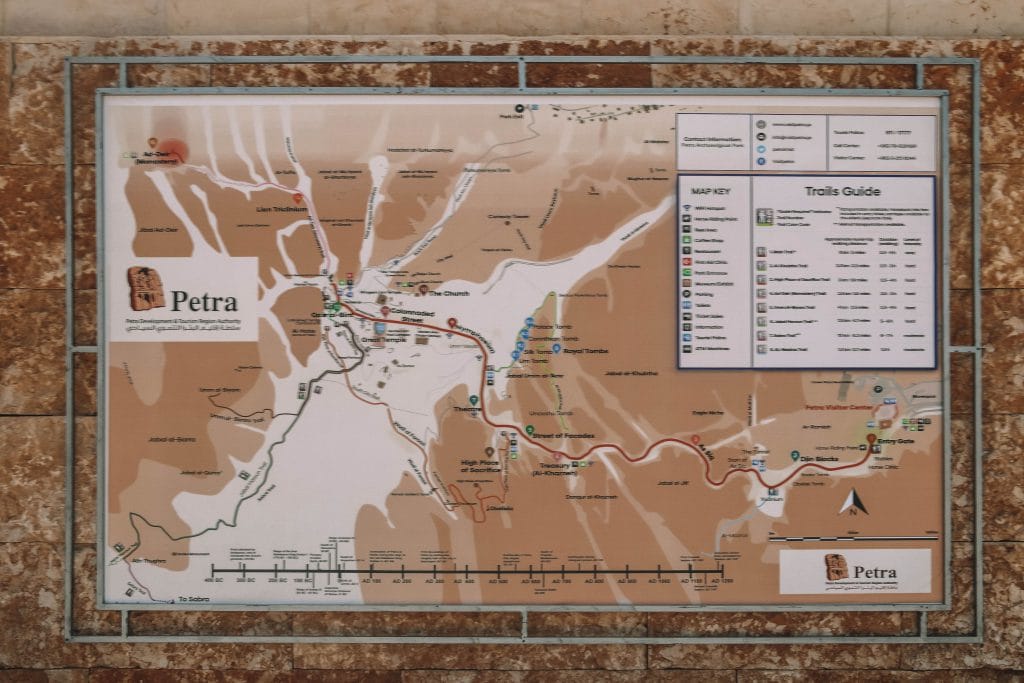

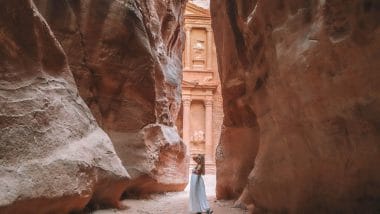
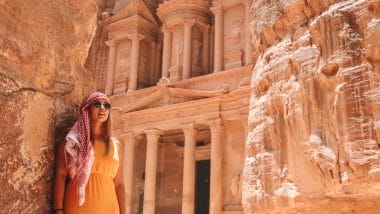
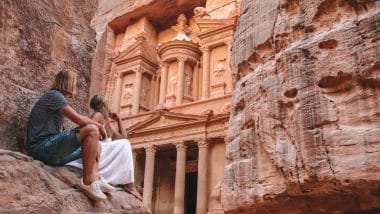
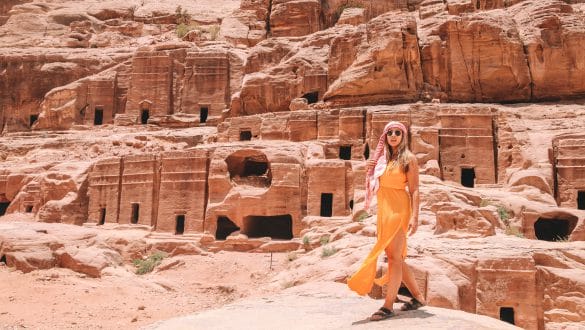
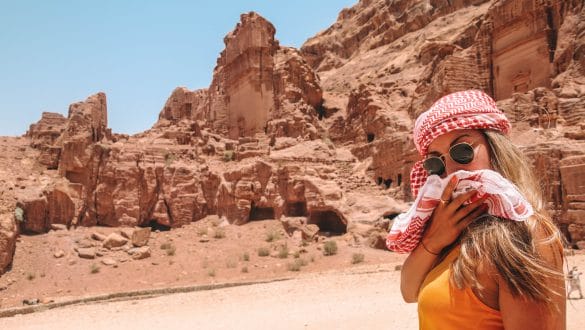
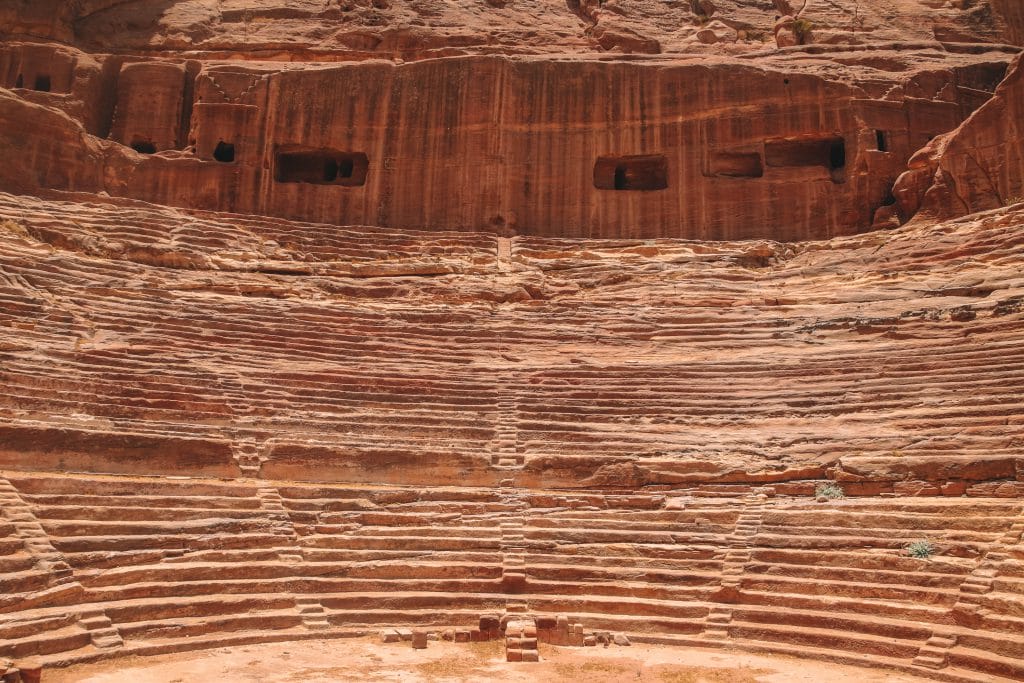
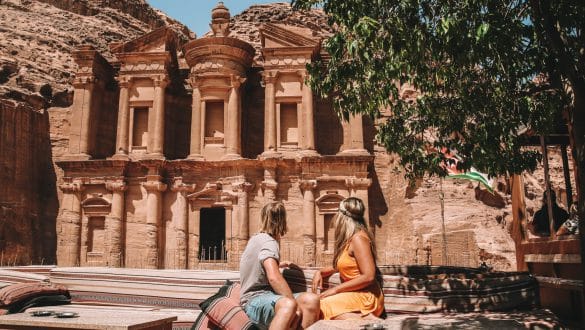
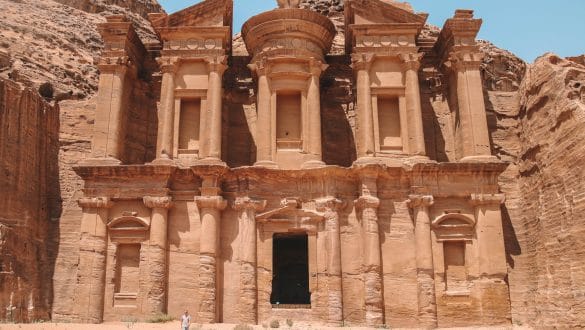
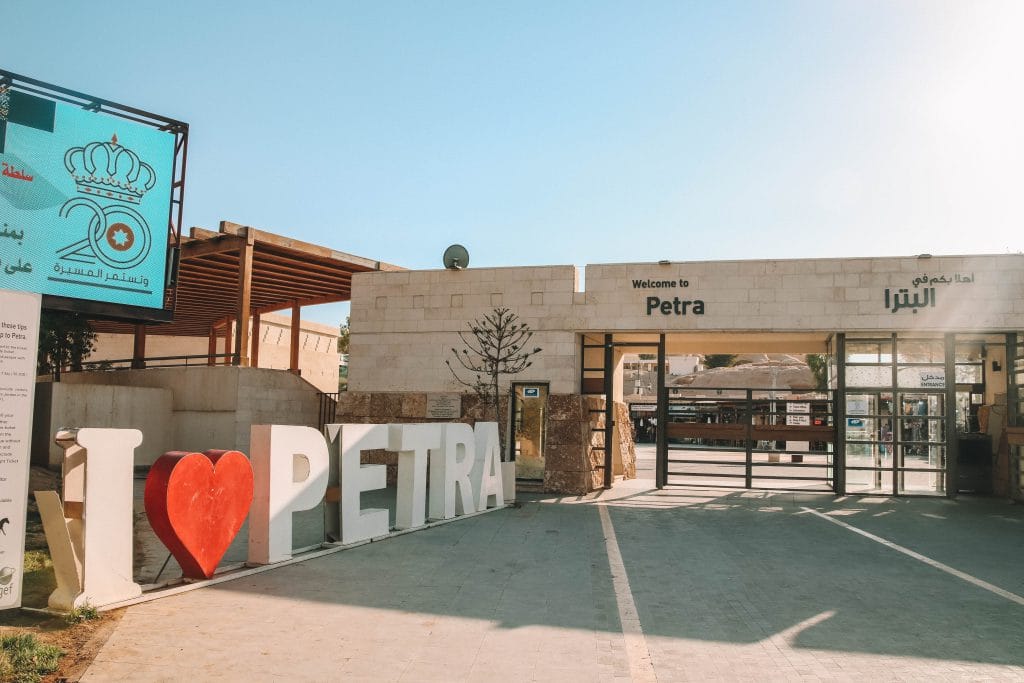




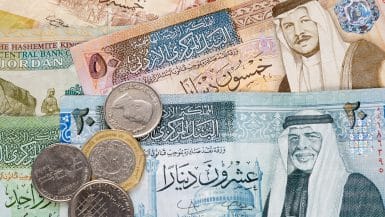
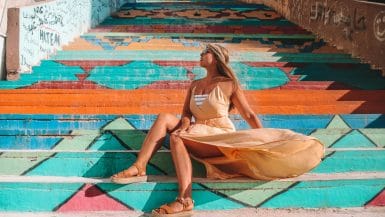

Leave a reply